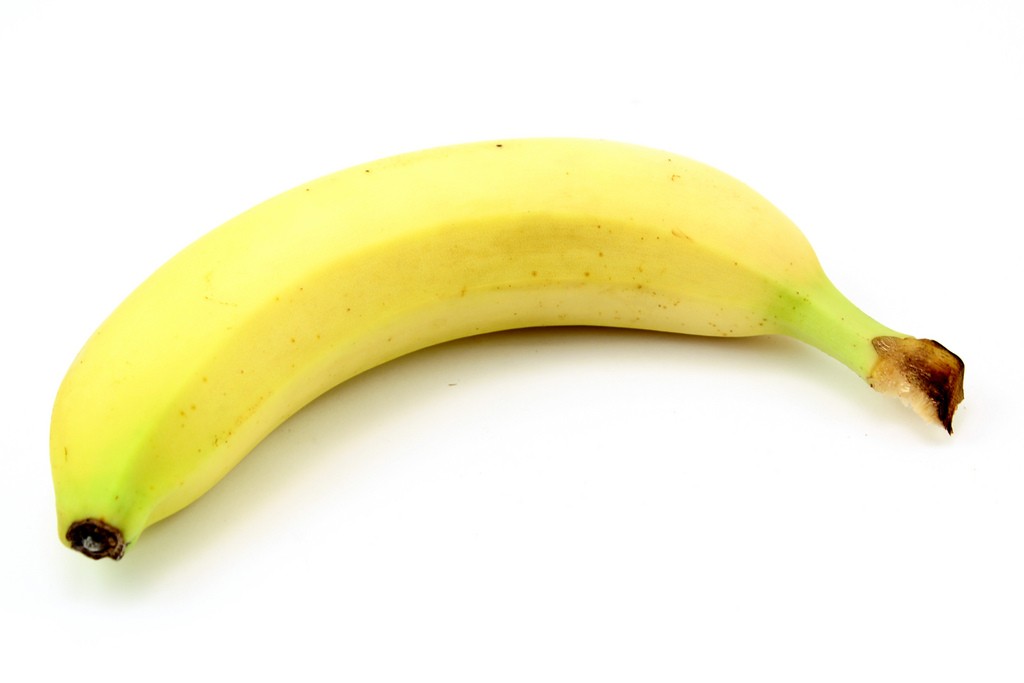
THE FRENCH
FOOD
INDUSTRY'S PORTAL
Webzine
taste it to info

Bananas Technical Sheet
Fact Sheets /
Friday 10 July 2015
With an average production of around 80 million tonnes, bananas are one of the world’s most commonly eaten fruits. They are also one of the first fruits to be sold on a global scale, having appeared in Europe and North America as early as the 19th century.
Production
Bananas fall into two categories, “dessert” bananas and cooking bananas, which include plantains. While almost 1,000 varieties of banana are grown around the world, almost all bananas traded worldwide are the Cavendish variety. Also commonly found are Ladyfingers, apple bananas and plantains. Almost all bananas cultivated in French Antilles are Cavendish, which are known for their sweet taste.
Asia, Africa, South America and the Caribbean are the main areas of production for bananas. India is the world’s leading producer, followed by Brazil and China.
In Europe, according to EU data, Spain is the largest producer, producing 350,000 tonnes in the Canary Islands in 2009, followed by France with 266,000 tonnes from Martinique and Guadeloupe in 2010, Greece, from Crete and Laconia, and Portugal (Madeira, Azorez and the Algarve).
Source: INIBAP (International Network for the Improvement of Banana and Plantain)
In France
The production of French bananas is concentrated in its overseas territories in the Caribbean. In fact one in five farms in Martinique cultivates bananas, and one in ten in Guadeloupe, which accounts for respectively 25% and 10% of the total area under cultivation in each overseas department. In Martinique, farms are usually of average size, with 41% of farms devoting 3-10 hectares to banana cultivation. In Guadeloupe, 56% of banana-growing farms devote less than 1 hectare to this crop. (Source: French Ministry of Agriculture).
According to the CTIFL*, France produces more than 260,000 tonnes of bananas every year. The entire production comes from the French Antilles, with 80% cultivated in Martinique and 20% in Guadeloupe. On the French market, 40% of bananas come from the French Antilles, 45% are ACP** bananas and 15% “dollar” bananas (Latin America).
Consumption
Bananas are one of France’s favourite fruits. Ranking second in France’s average shopping basket, bananas account for 14% of all fruits purchased by volume. It is France’s best-selling fruit, with 88% of households buying bananas at least once a year. Source: Odeadom.
France consumes around 500,000 tonnes of bananas every year. If we were to compare this to Europe, consumption of dessert bananas – the most popular variety – has been stable in recent years, with an average annual consumption of 10.2kg per person. France consumes on average 8kg per person, which is below the European average and positions France only 18th in Europe in terms of banana consumption. Source: Cirad/fruitrop.
Dessert bananas are France’s favourite variety. They are available in shops throughout the year, having ripened in the sunny climes of Antilles, Africa and (South?) America.
Did you know?
Ripe bananas prevent the risks of cancer. According to research led by several Japanese universities, consuming ripe bananas with black spots on the skin can impact our immune response.
Top tip
Always keep banana skins as they can make useful compost. The skins decompose rapidly and release beneficial minerals for gardens and vegetable patches to relish.
Recipe: Banana flan
Ingredients for 6:
- 3 bananas
- 30g butter and 30g to grease the ramequins
- juice of 1 orange
- 4 eggs
- 90g sugar
- 20cl milk
- 20cl single cream
- 1 teaspoon vanilla extract
Instructions
Peel the bananas and cut each one in half down the middle. Cut the bananas again horizontally, so each banana is now cut into 4 pieces. Then, melt 30g butter in a frying pan and place the 12 pieces of banana in the pan. Over a gentle flame, brown the banana on each side. Add the orange juice and bring to the boil, leave to simmer for 30 seconds before taking off the heat.
Divide the pieces of banana into 6 greased ramequin dishes.
Preheat the oven to 150C. Next, mix the eggs and sugar using an electric mixer to make a mousse-like consistency. While mixing, add the milk, single cream and vanilla extract, and finally the cooking juices from the bananas. Pour the mixture over the bananas in the ramequins and place in the middle of the oven for 35-40 minutes. All that remains is to enjoy them warm or cold! Bon appetit!
*CTIFL – Centre Technique Interprofessionnel des Fruits et Legumes: non profit organisation in France tasked with research and development in the field of fruit and vegetables.
**ACP – African, Caribbean and Pacific Group of States





